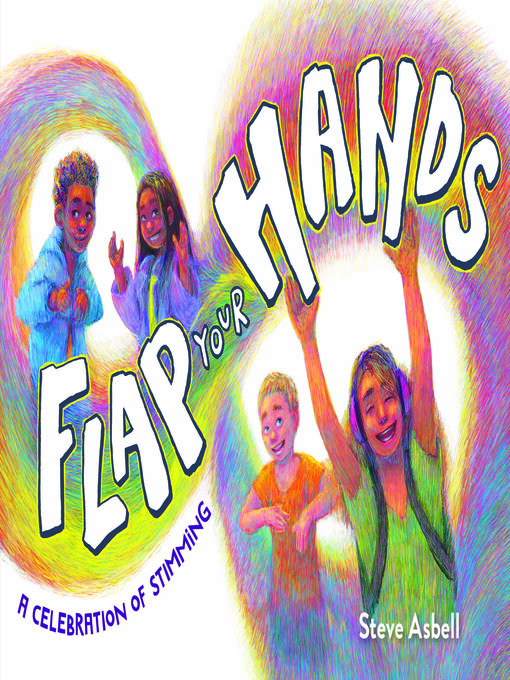This fascinating, groundbreaking picture book by an autistic creator celebrates stims—the repetitive movements that provide focused stimulation to people on the autistic spectrum.
When you're feeling overwhelmed
And the world's too much to bear...
If your feelings bubble over
But they have no place to go...
Maybe it would help to move!
Want to try a stim?
When four neurodivergent kids face some stressful moments, they use body movements called stims to self-regulate their emotions. One boy tickles the space next to his face; a girl flutters her fingers by her ears; another boy kicks his feet like splashy flippers; another girl directs her hands like a conductor! As the children say fun words, flap their hands, and engage in other stims, their actions build in energy and joyousness until their inner calm is restored.
Delightful text and color-drenched illustrations by debut author-illustrator Steve Asbell invites other neurodivergent readers to join in on the action. Flap Your Hands is a wonderful celebration and reminder that stimming is a natural and healthy thing to do!



